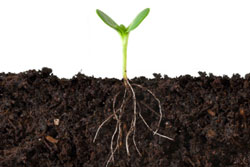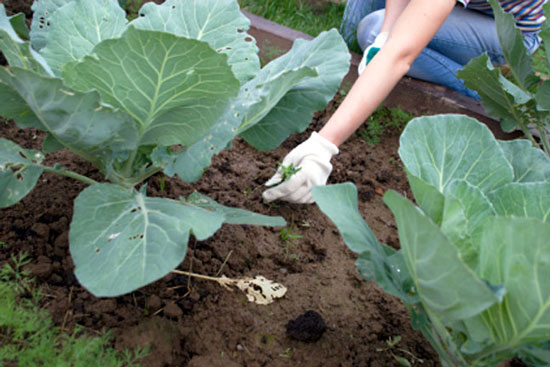Plant Nutrient Requirements
In order for a plant to grow and thrive, it needs a number of different elements. There are 16 different elements or nutrients have been found to be essential for crops. These nutrients or elements include three organic, three primary, and three secondary
Carbon, hydrogen and oxygen
The three organic nutrients are taken directly from the air and water.
Nitrogen, phosphorus, potassium (a.k.a. potash)
The three primary macronutrients and the three elements you find in most packaged fertilizers.
Sulfur, calcium, and magnesium
Secondary nutrients
Boron, cobalt, copper, iron, manganese, molybdenum and zinc
Micronutrients



